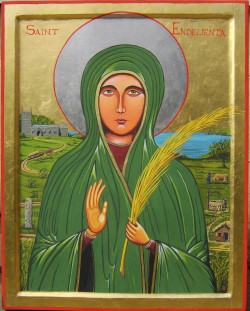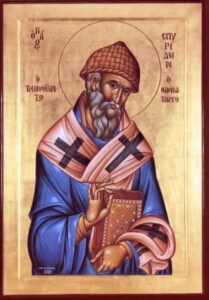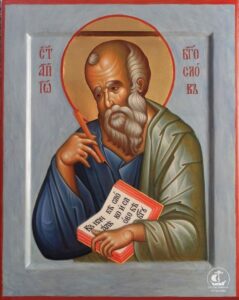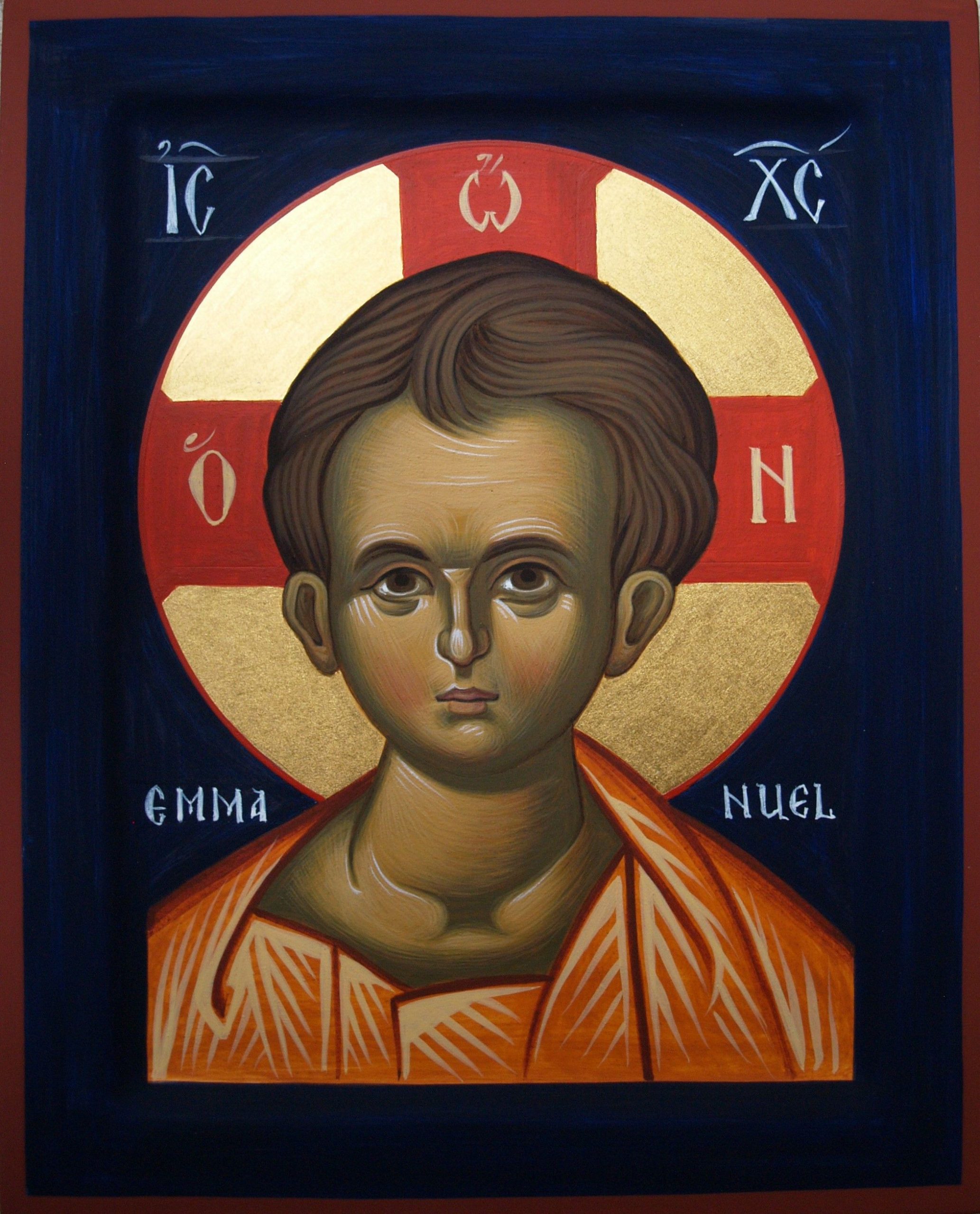St. Endelyn Nun-Recluse of Cornwall – April 29

Today (29 April) we commemorate St Endelienta (Endelient, Edellienta, Endelyn, Endellion, Cynheiddon or Cenheidlon), nun-recluse of Cornwall.
From Baring-Gould & Fisher: ‘S. ENDELIENTA, Virgin. Leland, in the list he gives of the children of Brychan who settled in Cornwall, derived from the Legend of S. Nectan he saw in Hartland Abbey, gives Endelient as one of these, the third in his list. William of Worcester copied the same list, but Nasmith, who printed from his MS., incorrectly rendered Endelient by Sudbrent. The original MS. is in Corpus Christi College, Cambridge. William of Worcester’s writing is peculiarly crabbed, and the mistake was perhaps justifiable.
‘Nicolas Roscarrock, the friend of Camden, in his Lives of the Saints, still in MS. and recently acquired from the Brent-Eleigh collection by the University of Cambridge, considered Endelient as the same as Cenedlon in the Welsh pedigrees, and we had formed the same opinion without knowing that Nicolas Roscarrock had made the same suggestion something like three centuries before.
‘Roscarrock was a native of the parish of S. Endelion, and he has preserved in his collection some interesting traditions relative to the Saint. He says, deriving his authority from the same Life of S. Nectan already referred to, that she was a daughter of Brychan, and that she settled in Cornwall at a place called Trenkeny, ‘where, I remember, there stood a chapell dedicated (as I take it) to her, which at this day is decayed, and the place in which it stoode is yet called the Chappell Closse, and lyeth on the southwest of the paroch church, which at this present is of her called S. Endelient, where she lived a verie austere course of life, that with the milk of a cowe only, which cowe the Lord of Trenteny kild as she strayed into his grounds. The olde people speaking by tradicion doe report she had a great man to her godfather, whom they also say was King Arthure, who toke the killing of the cowe in such sort, as he killed or caused this man to be slaine, whom she miraculously revived ; and when she perceived the daye of her death drewe nye, she intreated her friends after her death to lay her dead bodye on a bed, and to bury her there where certain young stots, bullocks and calves of a daye old should of their own accord drawe her, which being done they brought her to a place which at that tyme was a myrye waste grounde, and a great quagmire on the topp of an hill, where in time after there was a church builded dedicated to her.
‘I have heard it creditably repeated that the chapell on Lundy was likewise dedicated to her, yet Camden sayth S. Helen.’
‘Roscarrock might well contest the dedication to S. Helen. Lundy was opposite Hartland, where was her brother Nectan’s settlement, and it was most likely that she should have her place of retreat within reach of him and his ministrations.
‘He adds that there were two wells in Endelion that bare the name of the Saint. Her tomb had been destroyed by the Commissioners of Henry VIII, or in his reign, but it had been since restored, and stood on the south side of ‘ Chandules Ile.’ Then Roscarrock breaks forth into a hymn of praise to S. Endelion. In his Calendar he enters S. Endelienta on April 29.
‘The tomb of S. Endelienta still remains, but at the so-called ‘restoration’ of the church it was moved from its old site under the easternmost arch of the nave on the south side, and was placed altar-wise at the end of the south aisle. It is of the beginning of the fifteenth century and is carved in Catacluse stone, in niches that are empty and show no traces of having had statues in them. A fine slab covers it. Someone, quite recently, not knowing that this was the empty shrine of the patron saint, committed a wanton outrage, for he had cut on the slab the inscription ‘* Richard Mathews of Tresunger, Escuire, ob. 1610,” for which he had not the smallest justification, as the tomb is two centuries earlier. If the bones of the holy patroness remain, they probably lie under the floor where stood the shrine originally.
‘Endelienta is invariably represented in the Episcopal Registers as a female saint, and the church of Endelion was collegiate. It is improbable that the canons of Endelion should not have known the sex of the patron saint of the church in which they ministered. In a Provincial Council or Synod held in 1341, they signed as the Chapter of St Endelienta.
‘It is Ecclesia Stae Endelientae, in the Registers of Bp. Bronescombe, 1260 ; Bytton, 1308 ; Grandisson, 1330 ; Brantyngham, 1376, 1377, 1380, 1390, 1391, 1392 ; Stafford, 1417.
‘Mr. Borlase conceived the notion that Endelion was S. Teilo, and when the chapter was formed for Truro Cathedral, Bishop Benson, who had purposed to entitle one of the canonries after S. Endelienta, was shaken by Mr. Borlase’s statement, and gave it to S. Teilo instead, whose connexion with Cornwall was of the slightest.
‘Endelion is assuredly the Cenedlon of the Welsh Brychan lists. There was another Cenedlon, the daughter of Briafel, and wife of Arthfael ab Ithel, king of Gwent, who has been supposed to be patroness of the church of Rockfield, near Monmouth. 2 It is significant that in the parish of Endelion should be found the inscribed stone of Broegan, which is the same name as Brychan. The feast at Endelion is on Ascension Day and the two days following, but the Saturday after the Ascension is the chief day of the revel. Nicolas Roscarrock gives the true day of her feast, April 29. ‘
Troparion of St Endelienta tone 5
O holy Endelienta,/ when thy cow, thine only source of sustenance,/ was cruelly killed,/ thy heart was filled with forgiveness for the slaughterer./ Pray to Christ our God/ that we may ever forgive our enemies and ourselves find mercy.





